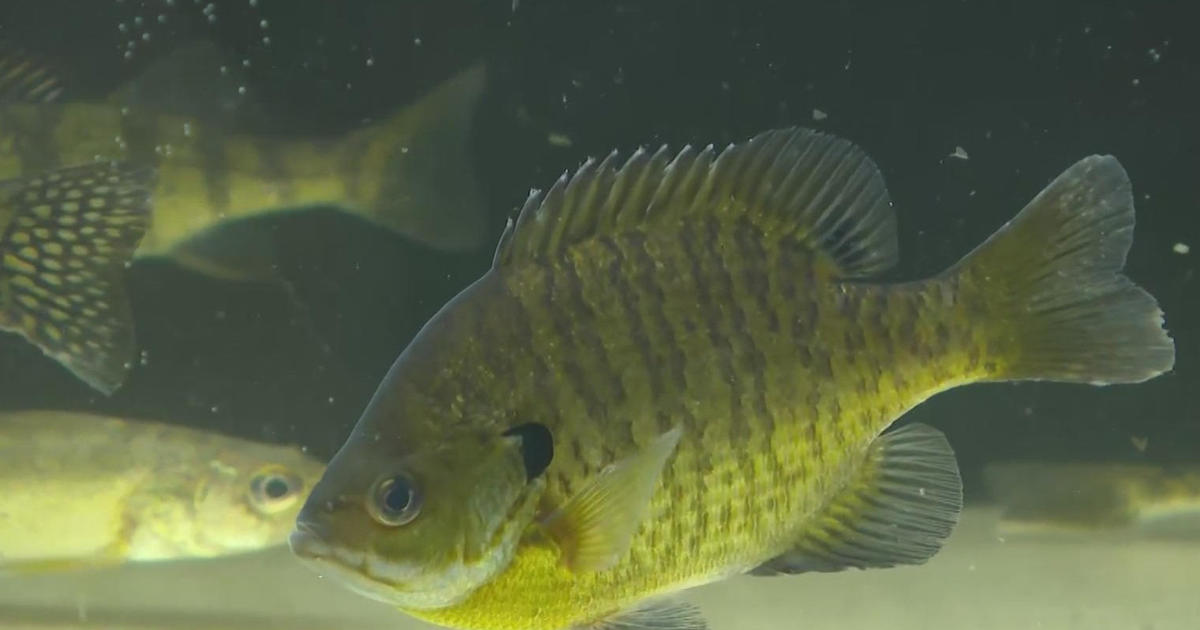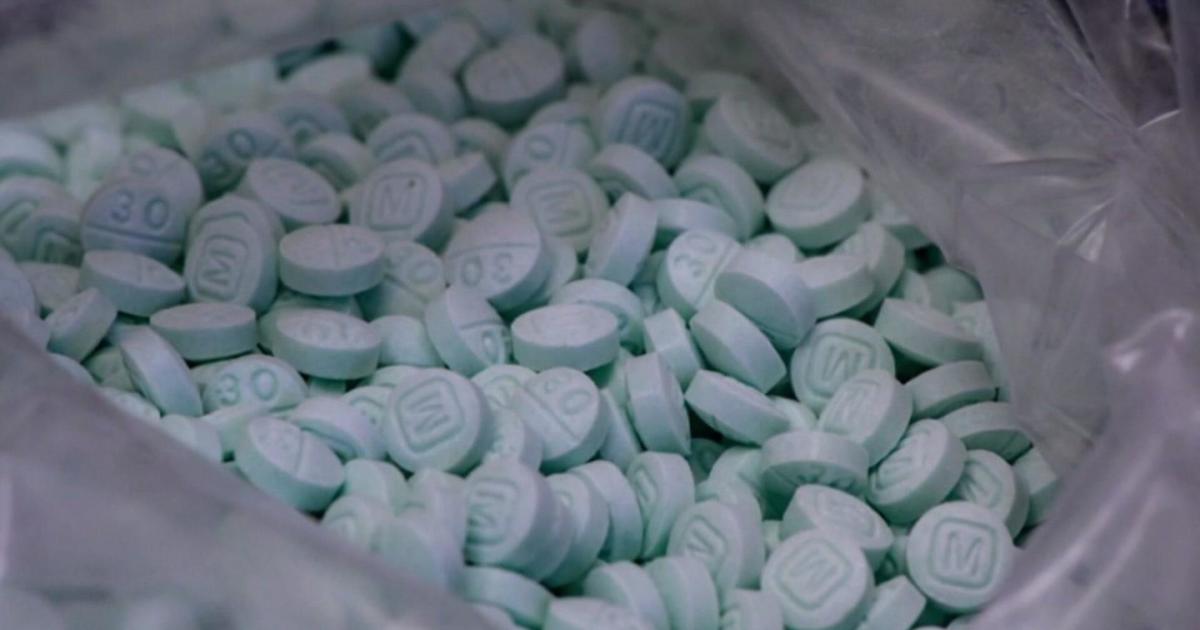Finding Minnesota: The Sinkhole Capital Of The U.S.
FOUNTAIN, Minn. (WCCO) -- Many communities in Minnesota take pride in their oversized attractions. Red Wing, for example, has the world's largest leather boot while Darwin has the largest ball of twine.
But fewer know about Fountain's claim to fame: the number of spots where the ground has collapsed.
Long-time resident Ron Reisner has encountered quite a few sinkholes with his landscaping business.
"When I'm out here mowing and stuff, I'm always watching the ground to see if anything opens up," he said.
There are more than 10,000 sinkholes of various sizes around Fillmore County. For more than 25 years, Fountain has called itself the "Sinkhole Capital of the U.S."
The DNR even built an observation deck next to one of the largest sinkholes, along the Root River Trail in Fountain.
"We've got people coming in all the time looking at sinkholes," said Reisner. "A lot of places, they've never seen one."
Fillmore County has a large number of sinkholes because of the soluble rocks like limestone beneath the soil. Over time, water works through the cracks underground, erodes the rock and the soil caves in.
The older sinkholes are fairly easy to spot in fields around town. Once the ground collapses, there's no real use for the land, so big clumps of trees take over.
"Any place you look out in the field, you see trees growing? It's a sinkhole," Reisner said.
It's an extra challenge if you're trying to farm the land, like Mike Schwarz and his son, Jason.
"You can't even go one pass through the field without hitting a sinkhole and having to turn around," Jason Schwarz said. "Usually what we do is just when we get to one, we just go around it."
"They're there so you've just got to deal with it," Mike Schwarz said, "and we're used to it."
As far as anyone can remember, no buildings have been swallowed up in town, but some of the deeper holes do provide a history lesson.
The Fillmore County History Center in Fountain has a display case of antique items recovered from some of the holes.
"They were using sinkholes as dumps for many decades," Debra Richardson, executive director of the History Center, said.
College students have conducted digs in some of the older sinkholes, pulling out bottles, jars and even an old pistol.
"One generation's trash is another generation's artifact," Richardson said.
Fountain only has about 400 people, but because of its somewhat shaky ground, it has a solid sense of place.
"I think everybody else is proud of our Sinkhole Capital of the United States," Reisner said. "It's quite a thing to watch Mother Nature, what she can do with our ground."



